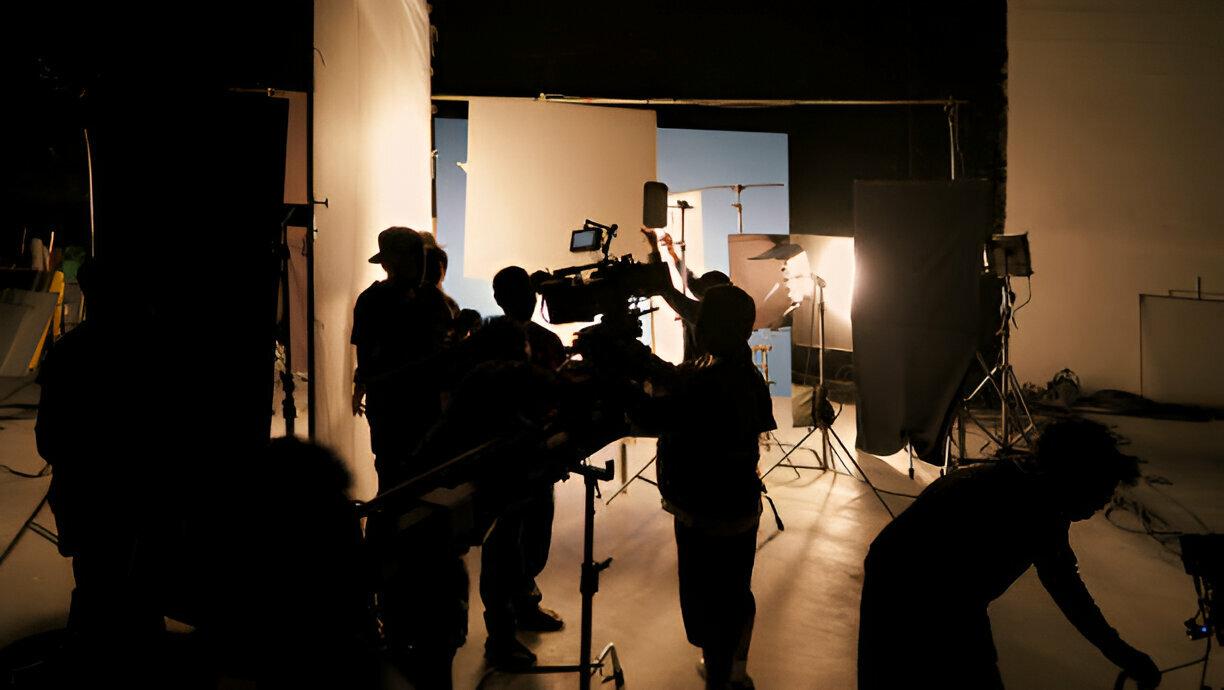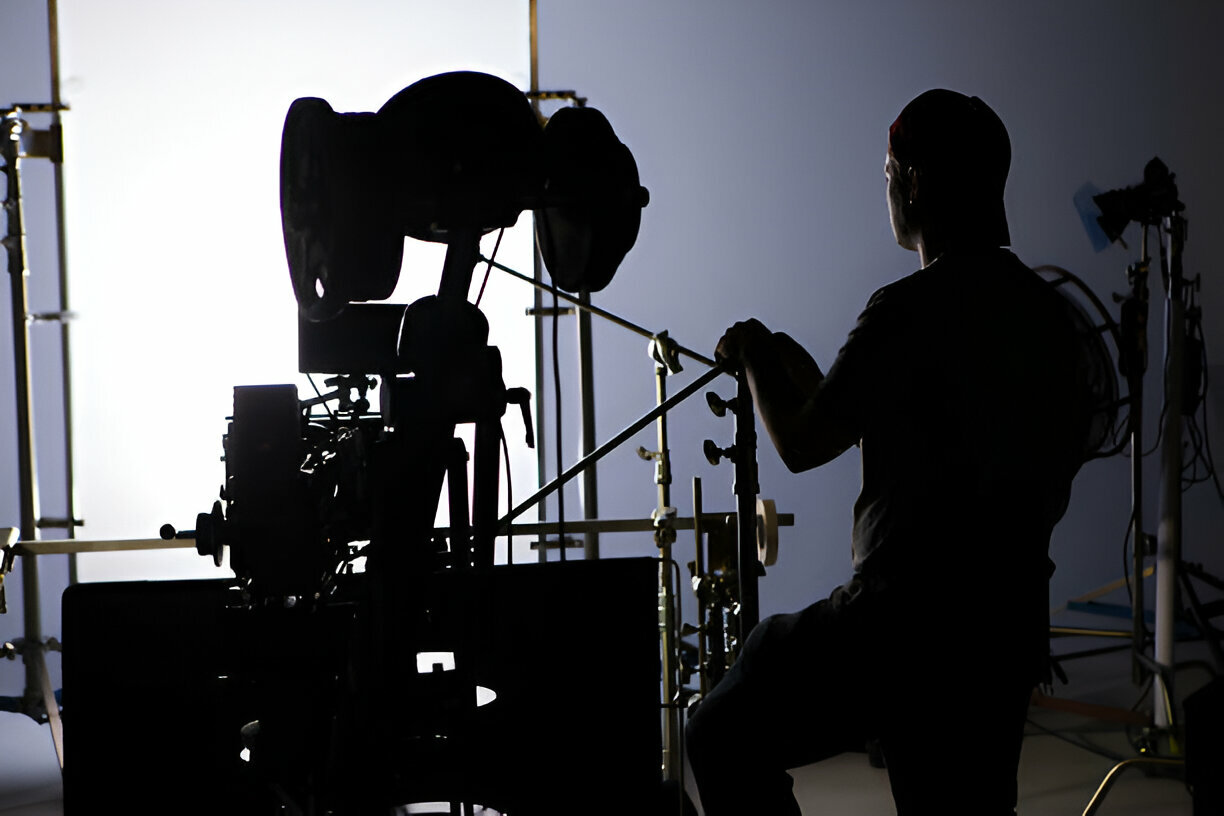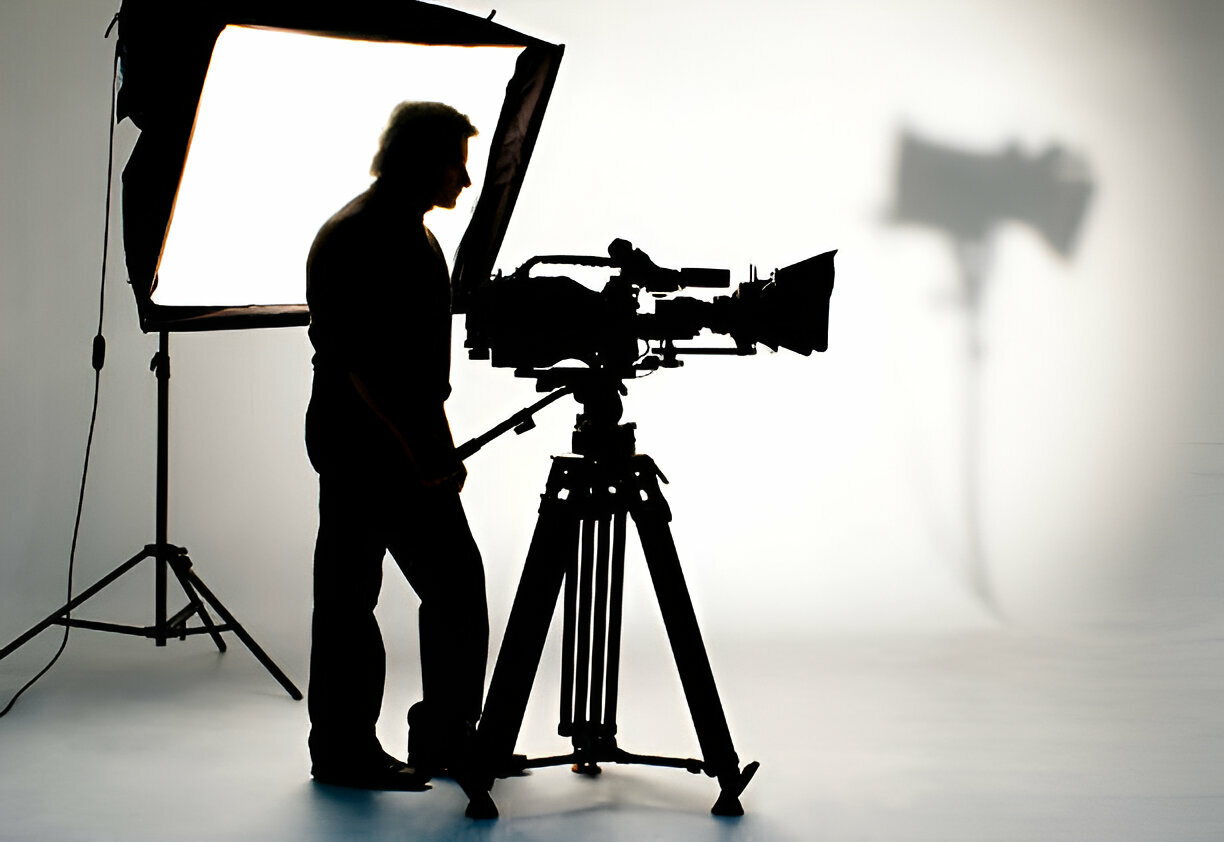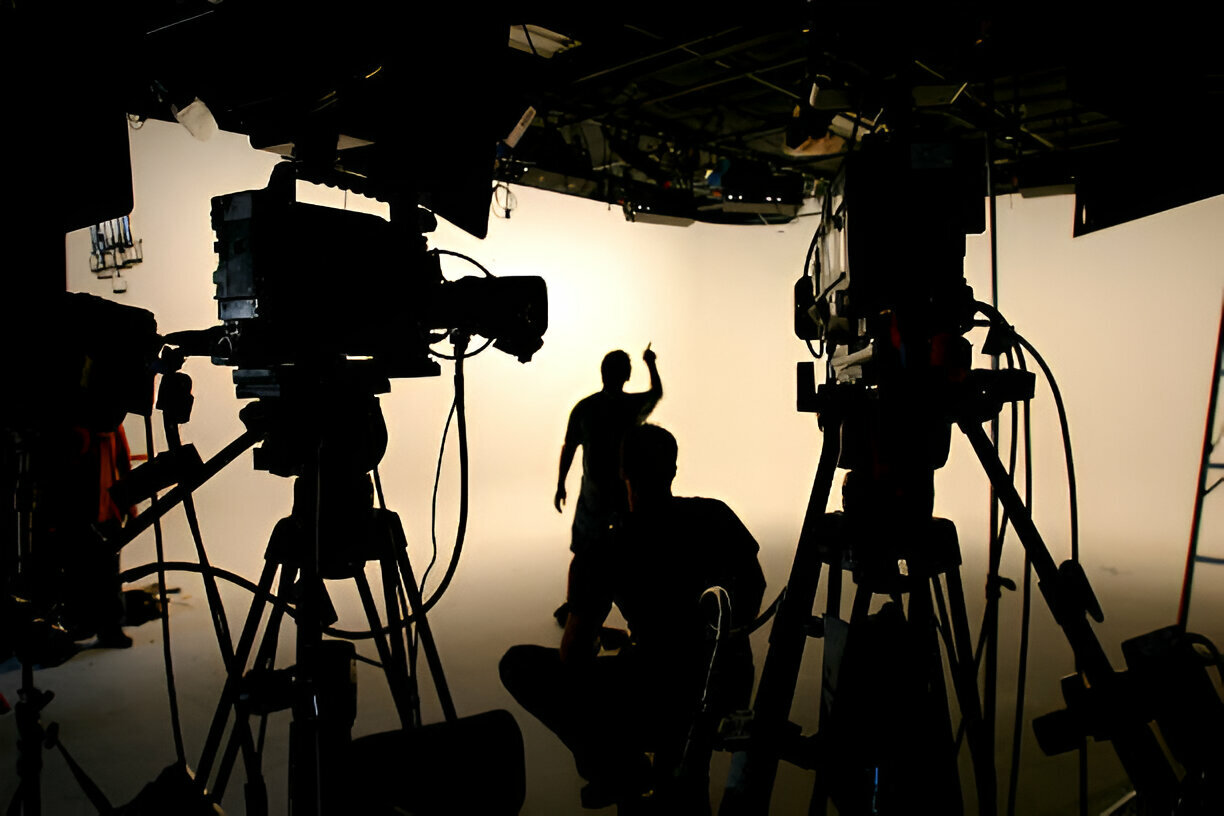What is the Goal of Good Composition in Video Production?
Video production depends much on composition. Every shot’s visual elements are arranged by using this method. Good composition creates a mood, directs the attention of the viewer, and helps to tell a story.
The good composition is not only about having a video appear attractive, but it is also about making it useful in conveying the intended message.
This blog will look at what good composition means in video production and why it is so important.
What is Composition in Video Production?
Composition in video production is the arrangement of the visual elements in every frame. This covers lighting, backgrounds, people, and objects. A good arrangement pulls the viewer’s eye to the scene’s key areas.
By affecting how the viewer feels and knowing what happens, it helps to shape the story. A well-executed arrangement may give even a basic shot of energy and importance.

The Key Goals of Good Composition
In video production, good composition has several key benefits. Every one of these goals guarantees that the video is interesting, visually attractive, and good at relating the story it tells.
-
Creating Balance and Harmony
Good composition’s primary goals consist of balance. It means placing components in the frame to ensure the composition looks stable and pleasant. Without balance, a video can seem chaotic. For example, placing a subject too far to one side can make the other side feel empty.
Harmony in composition means visual elements work together. A shot looks good when elements or characters are placed seamlessly. Good balance and harmony make the video interesting for the viewer and simple to watch.
-
Guiding the Viewer’s Focus
The other important goal in composing is to control the eye of the reader. Often in any scene, several things stand out for attention.
By placing people or objects in the right spot, you guide the viewer’s eyes. This helps them focus on the most important part of the scene.
Like, a visual way or leading lines can help you highlight a topic or a specific structure of the frame. The best composition guides the reader’s focus to where it is most required. This guarantees that the important parts are not ignored.
-
Creating Depth
Creating depth in a scene is another key goal of good composition. Without depth, a video can appear flat.
Foreground, middle ground, and background components help you create depth. These layers provide the viewer with space and dimension.
For example, a landscape with a tree in front, a mountain in the middle, and a bright sky behind looks more real. This setup makes the scene more interesting to watch. It also helps the viewer to feel deeply involved in the scene.
-
Conveying Emotion and Message
Good composition conveys emotion and message. Your arrangement of visual components affects the viewer’s feelings.
For example, placing a character in the center can show power, focus, or strength. While putting them off-center may create feelings of loneliness, tension, or discomfort.
The mood of a scene is also set by composition. The dark, strict framing could make viewers feel nervous. While in bright and open shots, they seem happy. The variation in the composition will help you to improve the emotional effect of a situation.
-
Aesthetic Appeal
In the end, the overall aesthetic popularity of the video is affected by composition. A well-composed shot is eye-catching and can improve the creative value of the video.
The “look” of a video is greatly affected by composition. Because the right composition can turn even an ordinary sight into something amazing.

5 Essential Composition Techniques
The majority of important methods support good composition. These strategies can turn the viewer’s focus to specific directions and improve the story.
-
The Rule of Thirds
It is one of the most widely used composition techniques. It means splitting the frame into nine equal halves with two horizontal and two vertical lines.
A more balanced and exciting shot is created by placing key components via these lines or at their intersections. It makes the scene feel more active by leading the viewer’s eye naturally over it.
-
Leading Lines
The frame’s leading lines focus on the main topic or focal point. These can be natural lines like a road, river, or fence, or man-made structures like walls or buildings. The primary lines give the picture depth and direct the viewer’s eye.
-
Framing and Positioning
These techniques refer to how the subject is placed within the frame. Framing the subject with items or other people helps bring attention to them. It keeps people concentrated and removes background interruptions.
-
Symmetry & Asymmetry
Symmetry gives rise to an ordered and peaceful feeling. Many times, it is used in settings calling for balance or peace of mind.
In contrast, asymmetry can create tension or excitement, especially in high-energy or conflictive scenes. In video production, both symmetrical and asymmetrical compositions have their use.
-
Depth and Layers
You can create depth by placing components around the scene. Making arrangements of objects around the front, center, and back will help you to create depth.
It gives the shot more reality and a feeling of satisfaction. Viewers can more clearly feel the area around them.
The Role of Lighting in Composition
In video production, composition depends much on lighting. It can change the tone of a scene and draw attention to specific parts inside the frame. Good lighting can improve depth, contrast, and texture, which enhances the composition.
As an example, soft lighting in videos produces a calm and dreamlike environment. While strong shadows and harsh lighting give situations a strong or dramatic sense.
In video production, these lighting techniques help set the tone and mood. Like other compositional methods, lighting can also guide the viewer’s focus to particular frame areas.

How Does Composition Impact Storytelling?
The way the story is told is directly affected by composition. A scene’s framing, character placement, and color choices all help to express feelings, motivations, and the general story tone.
Composition can also help highlight particular ideas or messages in the story’s structure. A long image of an alone person in an empty space can show grief or loneliness.
In contrast, close-ups of a person’s face can help express emotions like fear, joy, or frustration.
Common Mistakes in Composition
Many beginners make simple mistakes in video composition. These errors can make a video look messy or hard to follow. Here are some of them:
- Subject too close to the edge makes the frame feel off.
- Avoiding the rule of thirds can make shots seem dull.
- Messy locations draw attention far from the topic.
- Poor lighting hides faces or ruins the mood.
- No clear focus makes scenes confusing.
- Shaky framing looks unprofessional.
- Wrong headroom feels awkward.
- Odd angles can change the scene’s meaning.
Final Thoughts
The end result is that storytelling depends much on strong composition in video production. When visual elements are arranged well, they create harmony, balance, and feeling.
A strong composition lifts the story, leads the eye, and adds meaning. Knowing composition helps video producers create material that seems important and looks excellent.
This keeps the audience interested and helps the story to be more memorable.
FAQs
What is the key role of composition in a video?
One of the most common uses is to arrange visual components to grab the attention of the viewers and help with the story.
Why is strong composition key to a video’s visual flow?
One of the most common uses is to arrange visual components to grab the attention of the viewers and help with the story.
Are there any benefits of using composition?
Absolutely! It explains messages and feelings, boosts visual appeal, and strengthens stories.
Can composition control the rhythm or timing of a video scene?
By changing the framing and shot movement, the composition can speed up or slow down the pace of the video.
Can poor composition make a video less engaging or confusing?
Without a doubt, bad composition can confuse the audience, make the video difficult to follow, and lower general engagement.


